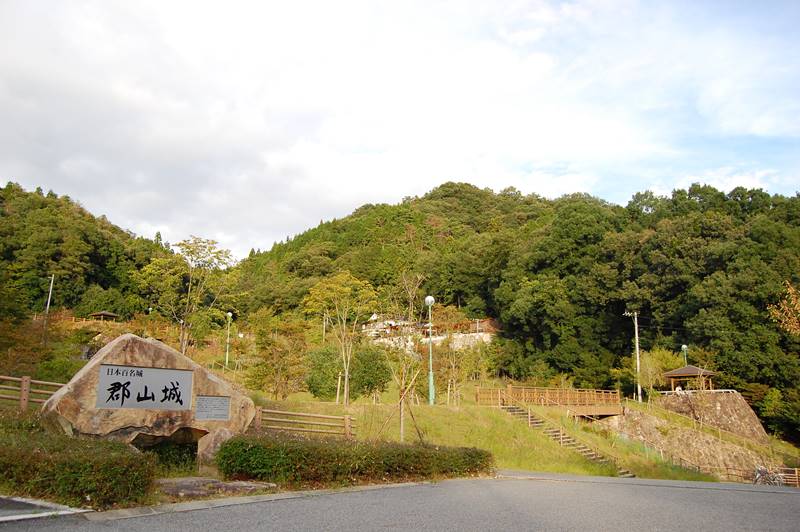This is all about Yoshida-kōriyama Castle Ruins you want to know.
Every information you get on this site will be from a credible source based on Japanese history (books for reference).
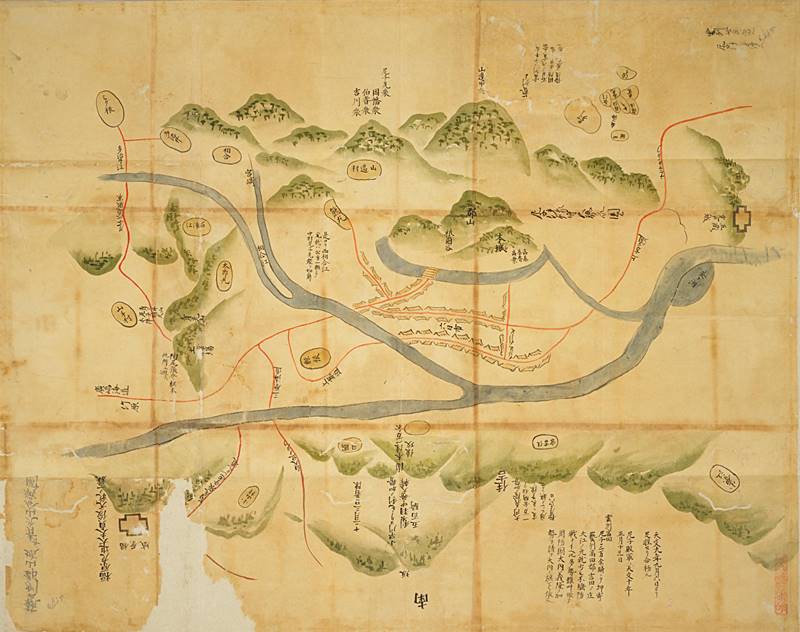
Collected by the Inagaki family, the Toba Daimyō from the mid-Edo period to the Meiji Restoration, as materials for military studies. There are about 350 illustrations, but there is no uniformity because only illustrations of castles, illustrations including castle towns, and old battlefield illustrations are mixed.
Another typical example of castle picture in the Edo period exists, "The Shōhō Shiroezu", picture of the castle and castle town that the Edo Shogunate ordered the daimyō to create and submit,aggregating military information such as the buildings inside the castle, the height of the stone wall, the width of the moat and the water depth, etc., it also details the location and shape of the castle town and the mountain river.
Profile : Yoshida-kōriyama Castle Ruins
| Location | Akitakada City, Hiroshima Prefecture |
| Also known as | - |
| Type of castle | Mountaintop |
| Mountain's name | Mt.Kōriyama |
| Elevation | 390m |
| Condition | Ruins |
| Designation | National Historic Sites |
| Year built | unknown |
| Abolished | 1591 |
| Castle lord | Mōri Clan |
| Refurbishment lord | Mōri Motonari, Mōri Terumoto |
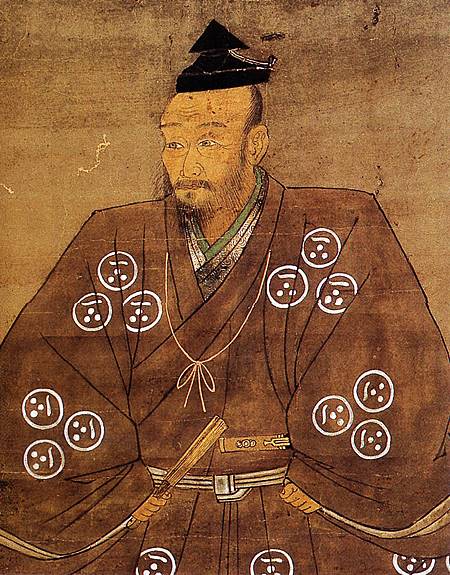
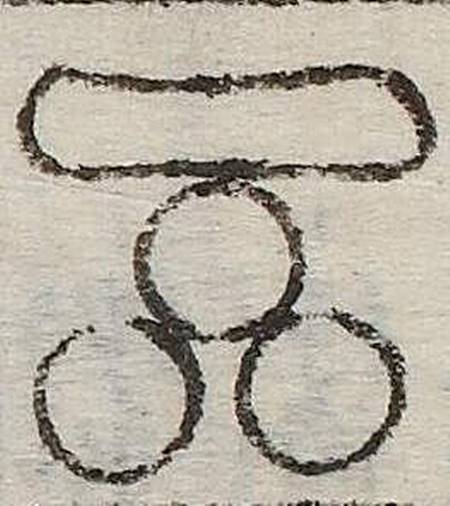
The family crest was originally created from the pattern that the emperor and the royal family put on the kimono, and the pattern was made into a fixed pattern, and the one attached to his own oxcart is said to be the beginning of the family crest. The warlords drew large crests on the flag-fingers, used to distinguish enemy views on the battlefield, and used by the generals to determine which warlords were active and how much.
Yoshida-kōriyama Castle admission
admission fee : free ※Guide tour (charged) is available (reservations must be made at least one week in advance)
admission time : free
closing period : reference official site
Yoshida-kōriyama Castle Google Map
Yoshida-kōriyama Castle Images
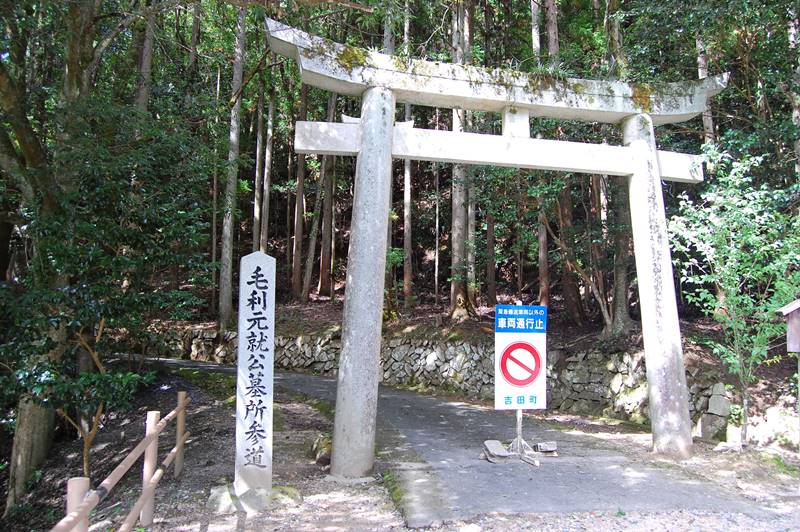
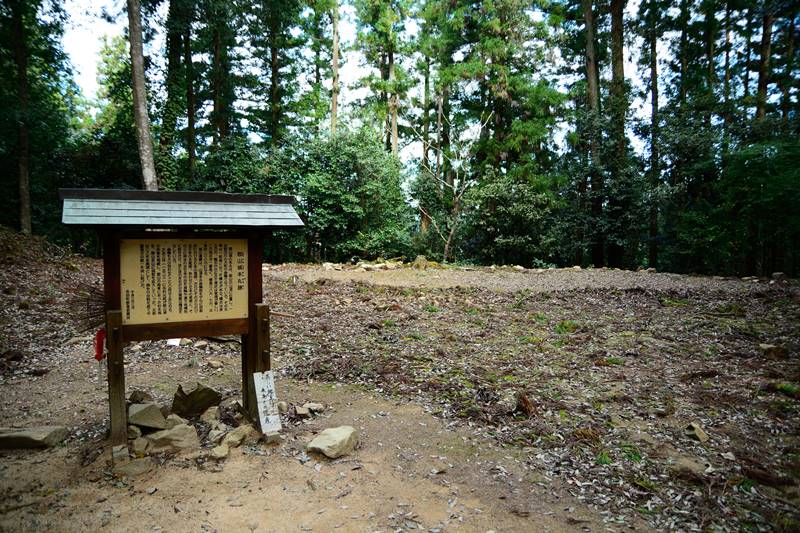
The castle's Honmaru was located at the top of Mt.Kōriyama at an altitude of 400m, and was the strongest defense mountaintop style castle with 270 Kuruwas arranged throughout the mountain. Some wall stone, fences and wells remain even today. It is said that Motonari lived in Honmaru on the summit, and influential vassals set up a residence in the castle. It served as a typical base castle, but became abandoned with the completion of Hiroshima Castle.

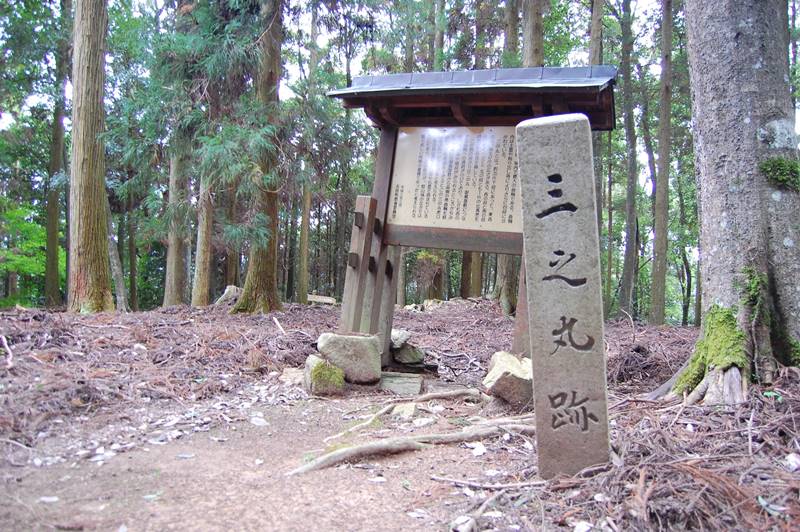
The largest Kuruwa in the castle. The west side of entrance has a staircase built into the stone wall and has an ”Inner masu shape”, which is a modern castle-like structure. It forms a small square space inside the entrande of Kuruwa and sets up a second gate, so enemies entering here will be surrounded from three directions to intercept.
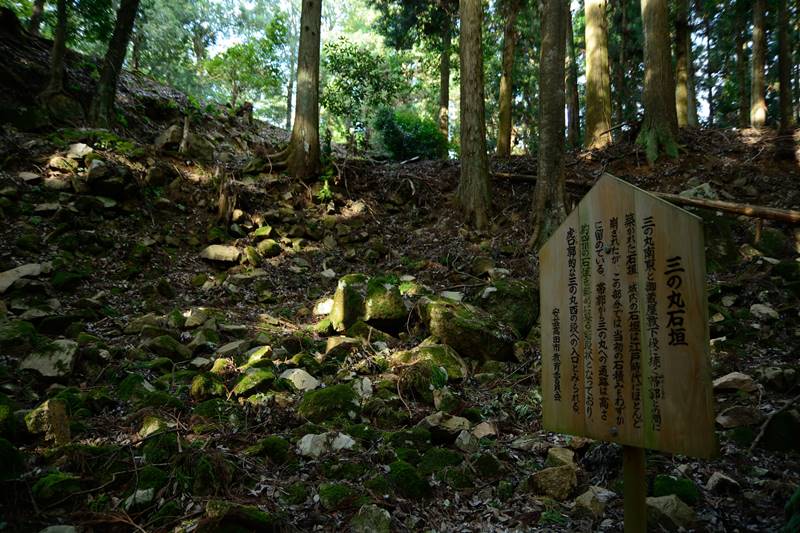
The ”Ishigaki" inside Kōriyama Castle was destroyed in the Edo period, but a part of the castle remains when it was built.
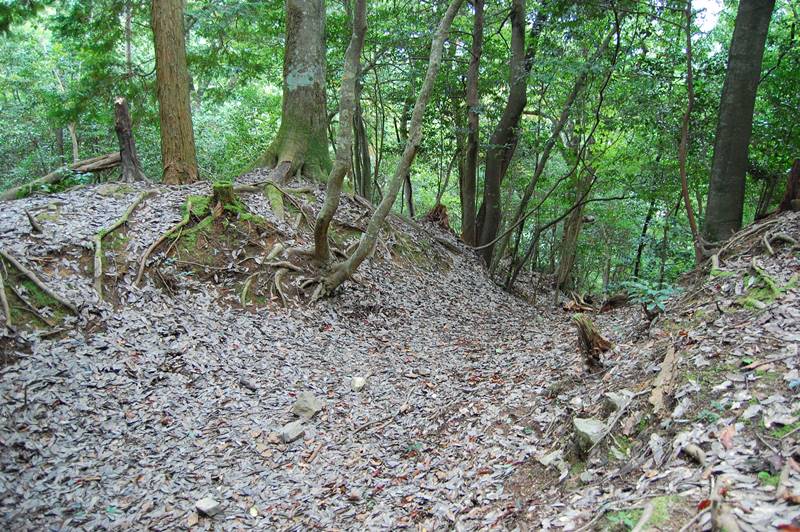
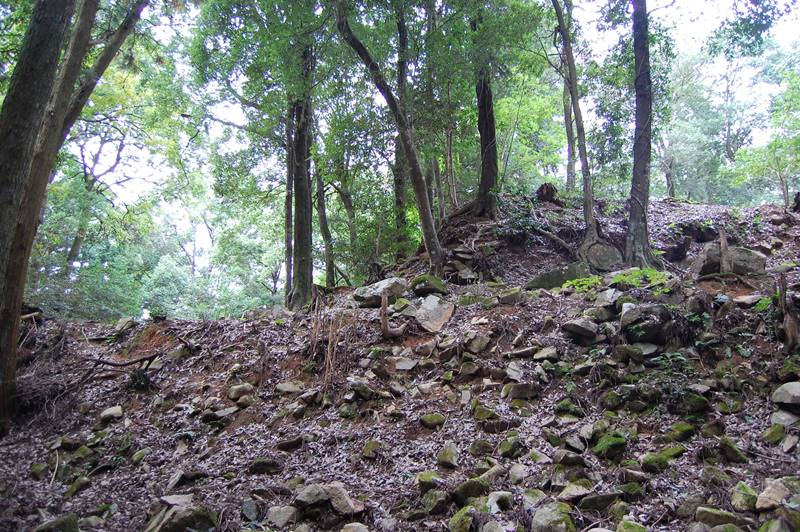
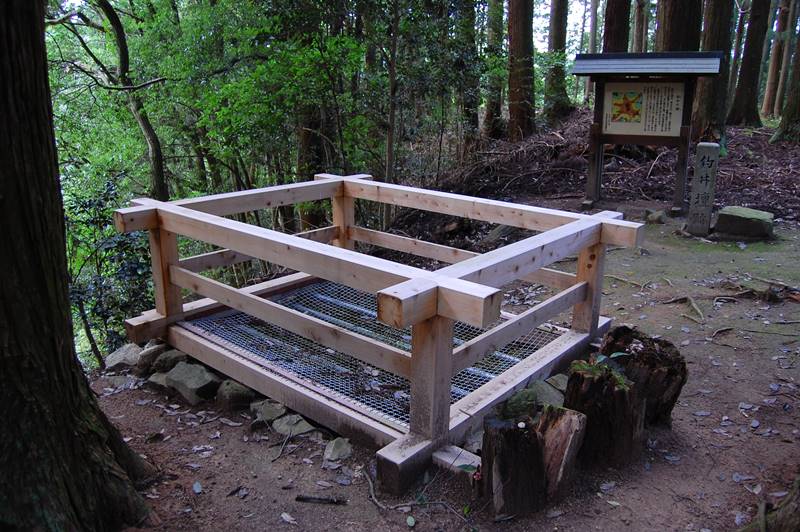
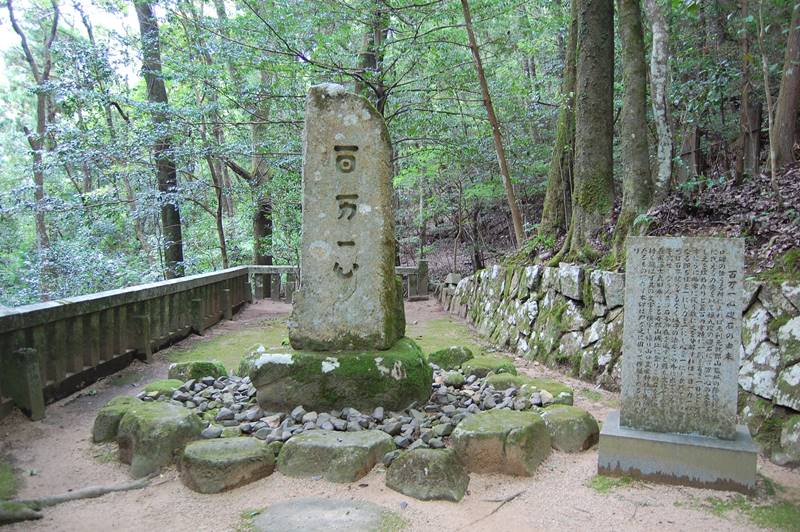
When the construction of stone wall with Honmaru was difficult during the reconstruction of this castle, the stone engraved with this phrase was buried in the "Hime no Maru" on the back of the Honmaru instead of a human sacrifice at Motonari's order. After then, it is said that the constraction has been completed successfully.
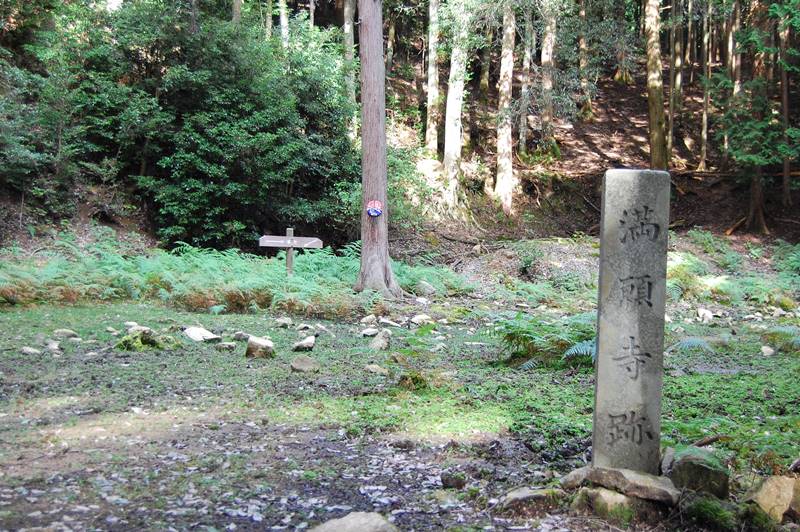
It is said that it was established on mid 8th century, long before Mōri Clan entered this castle. Located in the southwest of Sannomaru, two lotus ponds remain to the east and west to the north of the precincts (from signboard)
Link : The Impregnable Castle
【east japan】Odawara Castle 【east japan】Edo castle 【east japan】Hachigata Castle 【central japan】Chihaya castle 【west japan】Ōsaka Castle 【south japan】Kumamoto Castle 【west japan】Yoshida-Kōriyama Castle
